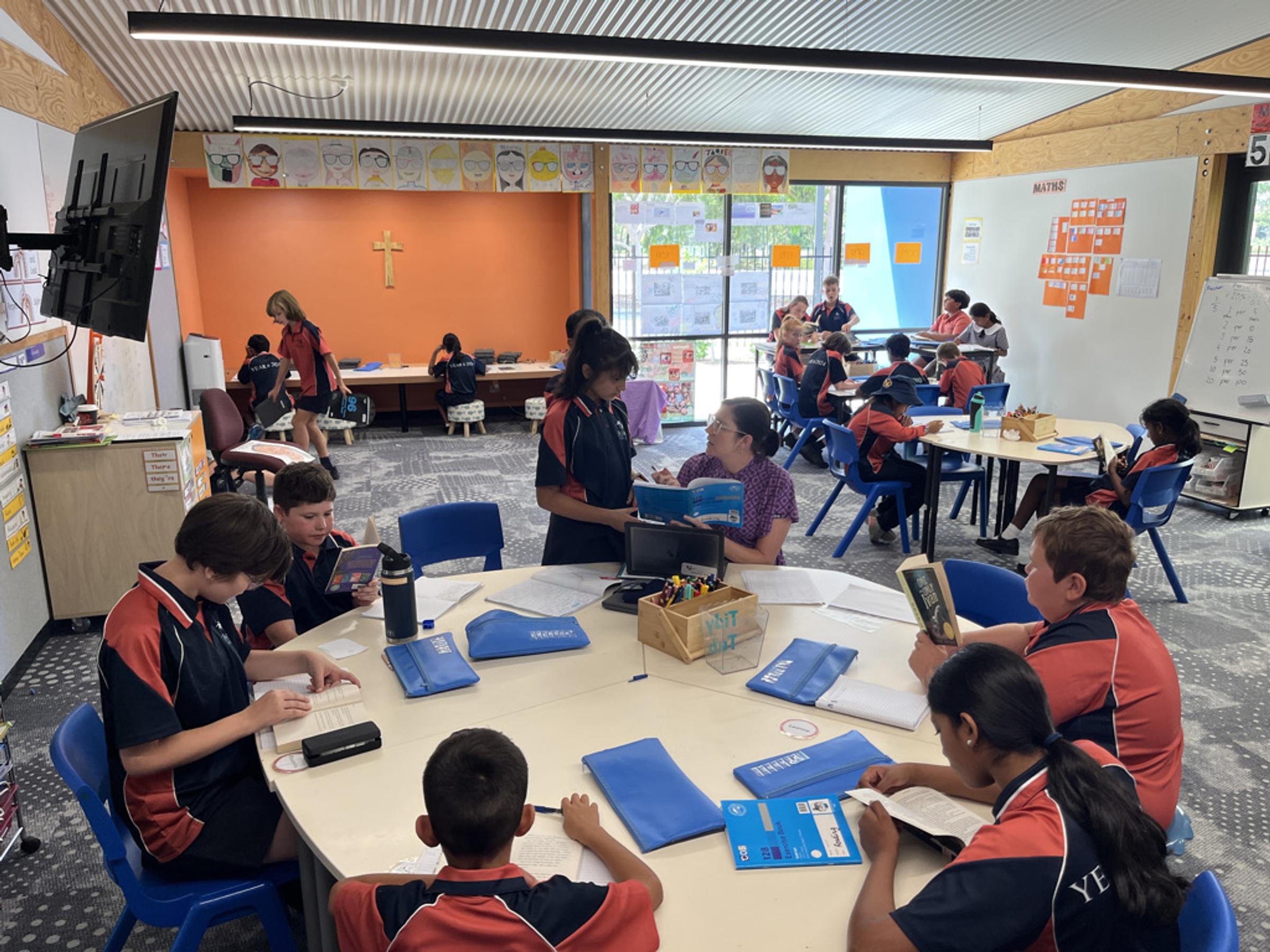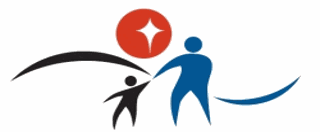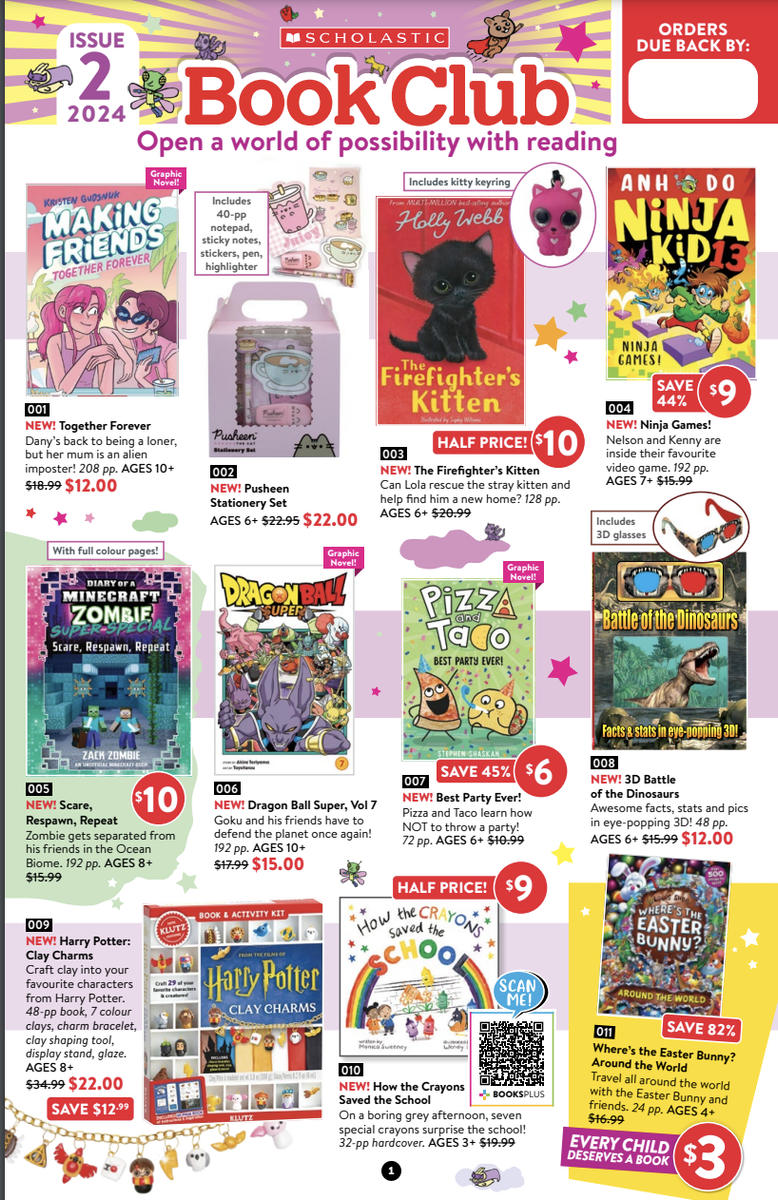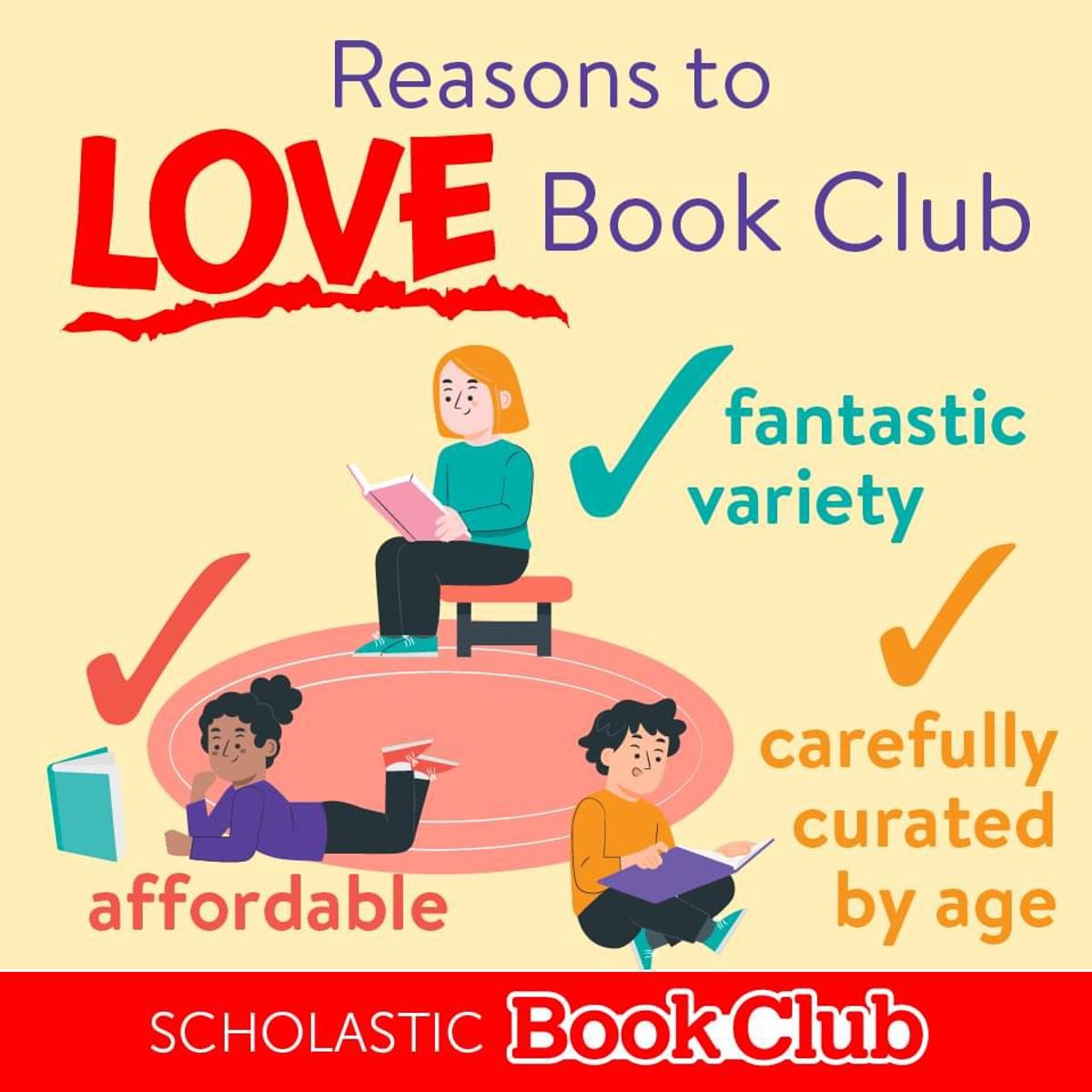Learning Enhancement

HITS!
In the previous newsletter I outlined the purpose and process of the professional learning community - PLC. Teachers across the school have completed their first PLC cycle of the year. Goals were established to decide on what the focus of learning should be and plans were devised about how to best teach the content to maximize student achievement. Teachers understood where each of their students’ were ‘at’ and where they expected them to be - with evidence of growth in student outcomes fed back to the learning community groups at the end of the PLC cycle.
Feedback from teachers included the positive impact of goal setting and collaboration as a teaching team. By collaborating on goal setting and creating an implementation plan together, teachers reported that because they were so focused on the learning goal, students were more focused on their learning, and that was evident in improved learning outcomes.
That brings me to high impact teaching strategies - H.I.T.S. Highly regarded educational researchers, including Robert Marzano and John Hattie, have used varied methodologies and processes to identify the teaching strategies that have the highest impact on improved student outcomes. There is a top ten! I will share those with you over the next few newsletters, as we focus on implementing them in the classroom.
The first of the high impact teaching strategies is goal setting. Goal setting is often visible in classrooms as a written learning intention. They clearly communicate what students will understand, or be able to do. An example could be We are learning to use mental strategies to add two digit numbers. This learning intention would be grounded in the needs of the students. They may have mastered single digit addition. They may be capable when using written strategies, but not be as accurate when working things out in their head. The learning would also link directly to a planned assessment task, with a sound curriculum base.
How do the students know if they have been successful? Along with the learning intention would be several success criteria to cater for the different needs within the classroom, written as ‘I can … statements.
- I can add numbers between ten and 20 that don’t need regrouping by using my place value knowledge
- I can add two double digit numbers that do need regrouping
- I can use the compensation strategy to add double digit numbers in my head.
- I can add more than two double digit numbers in my head.
The students know what they are learning to do and how they will achieve success. Lyn Sharratt, another powerhouse in the field of education has 5 critical questions for students:
- What are you learning?
- How are you doing?
- How do you know?
- How can you improve?
- Where do you go for help?
By unpacking the learning intention at the start of the lesson, teachers are setting their students up for success. They know what they are learning. The success criteria lets students know how they are doing. Having a series of success criteria differentiated in skill steps means students know what they can work on next. Where to go for help? There should be more than one source of assistance - an expert friend, the teacher, an anchor chart giving step by step guidance and a range of strategies that have been introduced and practiced before.
Skilled teachers can assess students against the success criteria in a number of ways: listening to students problem solve and asking them to explain their thinking process; asking students to solve a problem on paper in a number of different ways; observing games where pairs of students roll two dice or flip cards and add them as a competition; or through formal written assessments.
Jennifer McKillop, Jess Moodie and Eloise Liddell
Library News
This week Issue #2 Scholastic Book Club Catalogue was sent home with your child. If you spent over $35 in Issue #1 remember to log in and spend your $5 credit. In this Issue you will find some wonderful Easter books. If you would like to purchase these as a gift please click GIFT when ordering online and the office will hold them for you. All payments are to be made online via Loop. To make payments visit scholastic.com.au/LOOP or download the LOOP app. If assistance is required with this please let us know so we can help you. Book Club orders close on the 15th March 2024.
Every order earns FREE books and learning resources for our school. From our recent orders we have been very lucky to fill our book bus with new books in our library. The Taylor Swift book has been very popular!
Thank you
Nicole Keenan
ICAS Letter





